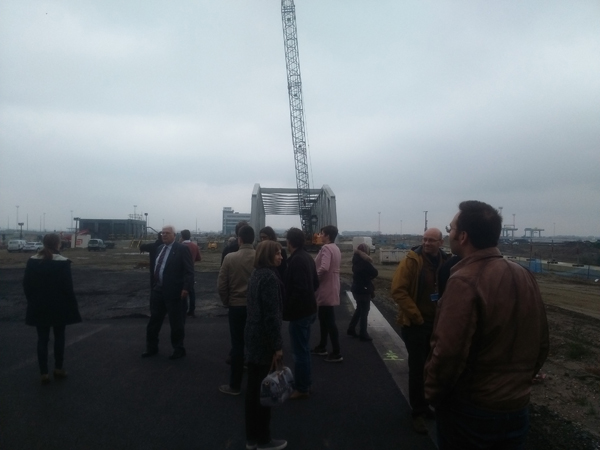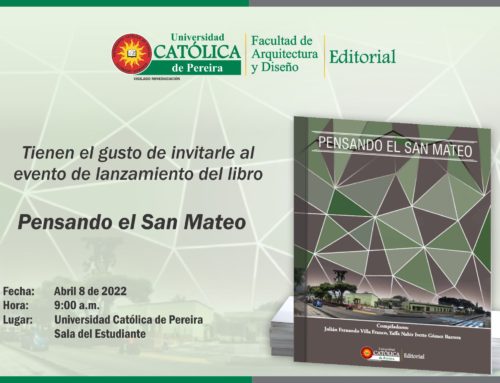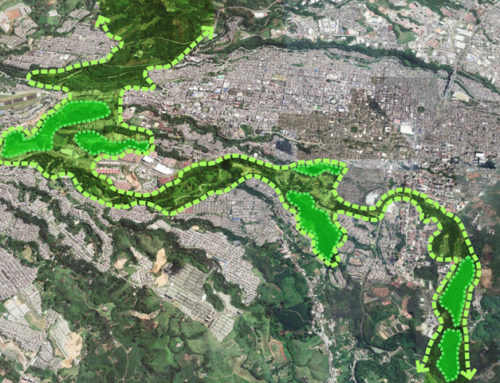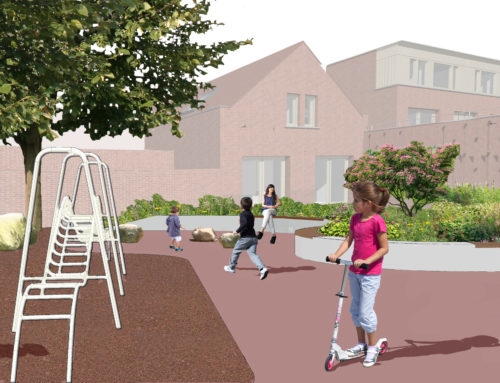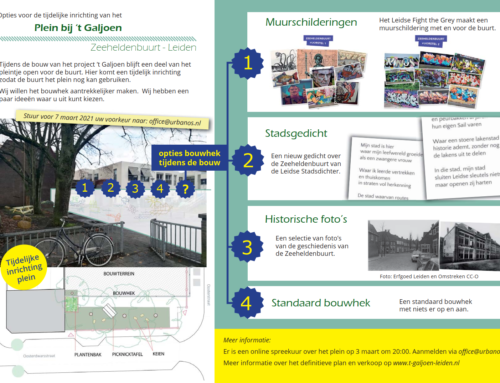De duidelijke stelling “Een goede stad heeft industrie” gaf een boost aan een tweedaags debat van ISOCARP over hoe de toegevoegde waarde van de Antwerpse haven kan toenemen door onder ander meer industrialisatie. Wij waren gevraagd om ons project de Creating Class te presenteren en hiermee een verfrissende blik te geven op de rol van stedenbouwkundigen en planners bij het stimuleren van de maak- en ambachtelijke industrie. De workshop in Antwerpen op 19 en 20 oktober was de voorloper van het congres dat de dagen erna in Rotterdam plaats vond.
Onderstaande tekst van Han Verschure van de website geeft achtergrond informatie:
The theme ‘How to rework the productive city’ invites workshop participants to explore ways to reassert the productive role of cities. Even in a post-industrial economy, material production must regain its place in the city. The city needs new urban forms of production: small-scale industrial production and craftsmanship, sustainable business parks … This forms a challenge for the urban planner. How can we re-integrate these activities in the liveable and sustainable city of the 21st century?
Cities and economic development are always strongly intertwined, as cities typically owe their existence to economic specialisation and the effects of economic agglomeration. Production in the city has long been a main driver for urban growth, especially during the industrial revolution and in the early 20th century. In the post-war period production in the city gradually shifted from Fordist industrial, material production to a post-Fordist service economy. At the same time, the city increasingly became a place of consumption, rather than production. Inner city centres were promoted in terms of housing, leisure, tourism and shopping areas, mostly at the expense of remaining small scale industrial production enterprises.
The disappearance of small industrial activities has had several social consequences, most notably the mismatch between a distinct knowledge economy and a largely unskilled labour force, functional segregation and the gap between impersonal and globally organised production processes on the one hand and locally consumed goods on the other.
1. INTERACTION BETWEEN URBAN AND ECONOMIC ACTIVITIES
Space for production and employment
Antwerp will need an estimated 30 hectares of additional space for industry by 2020. The existing, monotonous industrial zones in Antwerp are under pressure because of the wish to reconvert these sites into retail or residential areas. Thus Antwerp is looking for space to allow its companies and businesses to grow. At the same time Antwerp, like other cities, faces the challenge of providing housing and amenities for a fast-growing population. This, too, requires space.
However, the additional space needed for housing, amenities and productivity is not readily available within the city boundaries, at least not within the typical logic of separated functions. Mixing production with urban functions such as housing and recreation is a challenge for our densely built and populated cities. Mixed functions, multiple use of land and buildings and innovate spatial planning and urban design have to offer solutions.
The questions for planners today are: how can we integrate production into the residential tissue while improving quality of life? How do we interweave economic and residential functions while guaranteeing economic viability? How can old factory buildings offer new companies space to grow? What is the role of the government in providing space for industrial production? How can the public sector facilitate new economies in the city without triggering NIMBY-responses? How can we transform 20th century industrial areas that were developed according to the logic of functional zoning into lively urban quarters where production and other urban functions coexist?
As the economic reality evolves faster than planning practice, how can local governments provide a setting to attract key economic players – from small and medium-sized enterprises to multinationals – and allow them to fully develop their activities? And how can we work towards an attractive and sustainable economic, spatial and social setting in 20, 30 or 50 years from now? In short, how can cities all over the world gear up to accommodate the ‘next economy’?
Proximity as an asset
As in many big cities, Antwerp offers a large and diverse job market that transcends city borders. At the same time there is a substantial unemployment rate, mostly among unskilled labourers. This economic mismatch is an important challenge for the city, especially with its growing number of younger people and considerable migration influx. The predominant knowledge economy of the city favours high skilled forces, so low skilled labourers are finding it hard to get jobs. And as these labourers often live in the central areas of the city, traveling to the industrial zones in the periphery is often a problem.
Proximity to work forces, knowledge institutions, education, culture, consumers, entrepreneurs, public transport and digital and logistic networks should be promoted as a major asset for new manufacturing businesses in the central areas of the city. The challenge is to keep and attract globally competitive companies as well as offer employment opportunities, especially for low skilled forces.
Next economy
What does the ‘next economy’ actually entail? Is it generally complementary to the current economy (e.g. the Port) or does it comprise multiple new and creative niches? International challenges and tendencies call for a reintroduction of the making industry in the city. New types of manufacturing need to emerge as the missing link between knowledge, digital innovation and production in a circular economy focusing on short chains.
Creative entrepreneurs, start-ups, tech jobs, social economy … benefit from cultural and urban life in cities. Instead of retreating to the periphery, the next economy should remain in or return to the city to actively engage with the other urban dimensions. This interaction can produce shared value and create a win-win situation for businesses and for the city as a whole.
2. Productivity as the basis for creative community building in the city
A productive city is often very narrowly interpreted as those aspects of a city that produce and generate income. Such reductionist vision of society as being only composed of producers and consumers in a market economy seems to be cherished today by many a professional as well as by decision makers. However, a productive city is much more than can be expressed in €’s or $’s and thus much more than just an computation of Gross National/City Product or Per Capita Income.
A productive city is the totality of human endeavours, concentrated in place and time, yet based on experiences accumulated over generations through their creativity, emotions, resources (ab)used, entrepreneurial activities, labour efforts, capital accumulated (or wasted), spaces organised, buildings built (or destroyed), etc. And all of these regardless of whether they are formally accounted, informally activated or imaginary dreamed.
Planning is most often seen as a formal system of organizing societal activities in space and time, generally as a top-down and/or professionally constructed set of arrangements, rules, regulations, institutions set-ups and spatial allocations. Such systems are often considered as the only legally accepted ones, even if they turn out to be disregarding interests of major groups or at some point being destructive (of environments, of heritage, of lives, …). We argue that planning does not have to limit itself to formal planning systems. In a way every individual, group or community is potentially a planning entity. Often informally generated bottom-up planning ideas are at the base of eventually more formally developed planning programmes and projects. Similarly several economic activities are the result of a willingness and of concerns to integrate more ‘marginal’ or less productive modes into our society.
Social economies are a good example of such concerns. The emergence of “alternative” systems (e.g. Uber, AirBnB, …) is a good example of informality (in some cases even termed “illegal” by the paternalistic establishments) which over time becomes integrated in a normal system.
In addition to the above, the power and dynamics of community activities have long been recognised. Several of these may not figure in a monetary computation, but are nevertheless vital to a society, to create a sense of cooperation of care for fellow citizen and even function as a counterforce towards the one-dimensional monetary capital accounting.
Examples of community activities abound world-wide. In Kenya the age-old culture of reciprocity has been continued up to today in the Harambee movement, a practice of mutual aid at micro or meso level, even occasionally at nationwide level. The projects undertaken range from small neighbourhood activities (cleaning of streets, greening, ..) to large scale city wide projects. In addition the co-operative movement is strong and its activities (some more formal, some more informal) in Kenya sets over 250.000 people at work. In Indonesia, the culturally strongly embedded Gotong-royong practice is equally a good example of community based mutual help and organization. The Asian Coalition for Housing Rights is a typical example of a very large-scale community based organisation, stimulating local projects focussing on upgrading of neighbourhoods, fighting eviction, strengthening community initiatives in health, education, .. in over 200 towns and cities in 15 Asian countries. Many such examples can be cited.
A productive city is a city of diversity, stimulating contradiction, even controversy, but in an open spirit, whereby formal and informal creative processes flourish. This creativity also applies to spatial creativity and diversity, cutting through monotony, standardisation, at times even challenging equality. Such cities are at the same time multicultural as well as respecting very local practices, it is open to innovations while not disregarding traditions and heritage systems. Such cities do not adore change for the sake of change, but evolve along lines that go beyond short-term fashions and hypes.
Text by Han Verschure


